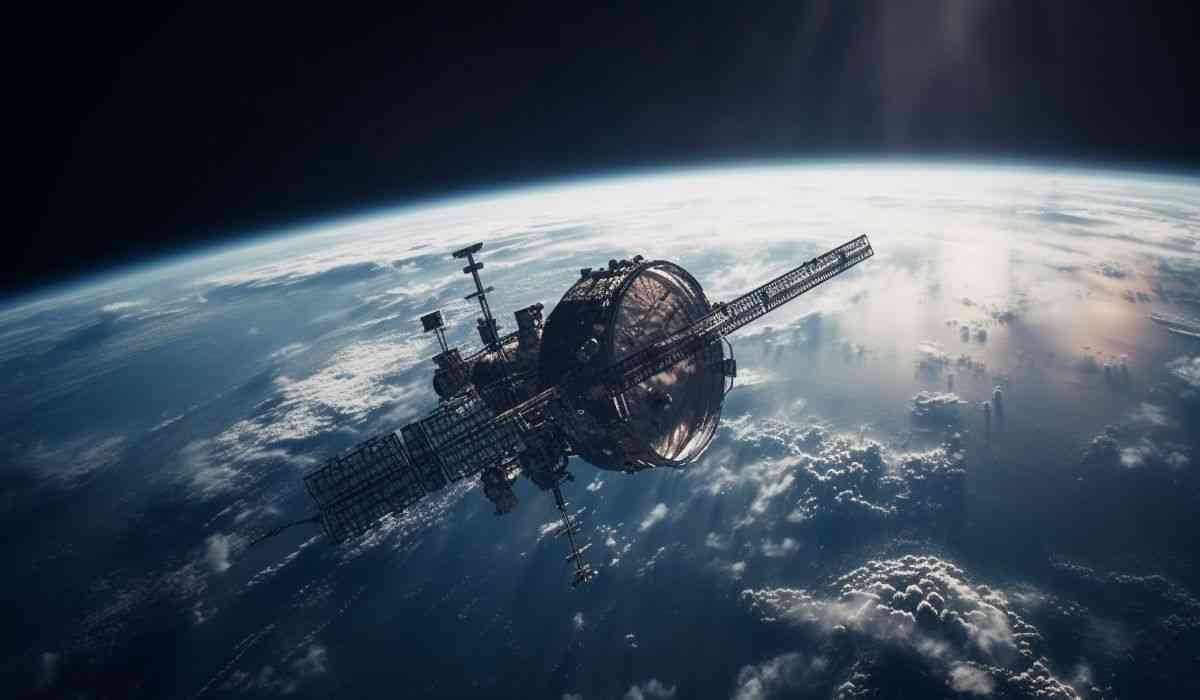 NASA tests nuclear propulsion that could shorten the journey to Mars and revolutionize space exploration (Freepik – stockgiu)
NASA tests nuclear propulsion that could shorten the journey to Mars and revolutionize space exploration (Freepik – stockgiu)
NASA is developing new technologies to enable a crewed mission to Mars, planned for 2035 under the Artemis program.
The biggest challenge for this goal is the vast distance between Earth and Mars, which can range from 54.6 to 401 million kilometers depending on orbital positions.
While unmanned missions like Mariner took months to reach the planet, a manned mission requires even more planning due to needs for food, equipment, and potential emergencies, making the reduction of travel time essential.
Among the alternatives being studied, Nuclear Thermal Propulsion (NTP) stands out, using nuclear reactors to heat liquid hydrogen, converting it into gas to generate thrust. This method promises to be more efficient and powerful than current technologies. Tests conducted so far have shown promising results, with General Atomics developing a fuel capable of withstanding high temperatures and extreme space conditions. The feasibility of this technology could significantly accelerate the journey to Mars, making long space flights safer and more feasible.
While more testing is needed before NTP can be definitively implemented, NASA continues to advance with the Artemis program, which includes missions to the Moon as preparatory steps for Mars exploration.
The return to the Moon is scheduled for 2025 and 2027, while Mars looms as the next major step in space exploration. Future plans have not yet been disclosed, but they indicate the agency’s commitment to expanding the boundaries of human presence in space.
Source: Olhar Digital | Photo: Freepik – stockgiu | This content was created with the help of AI and reviewed by the editorial team

